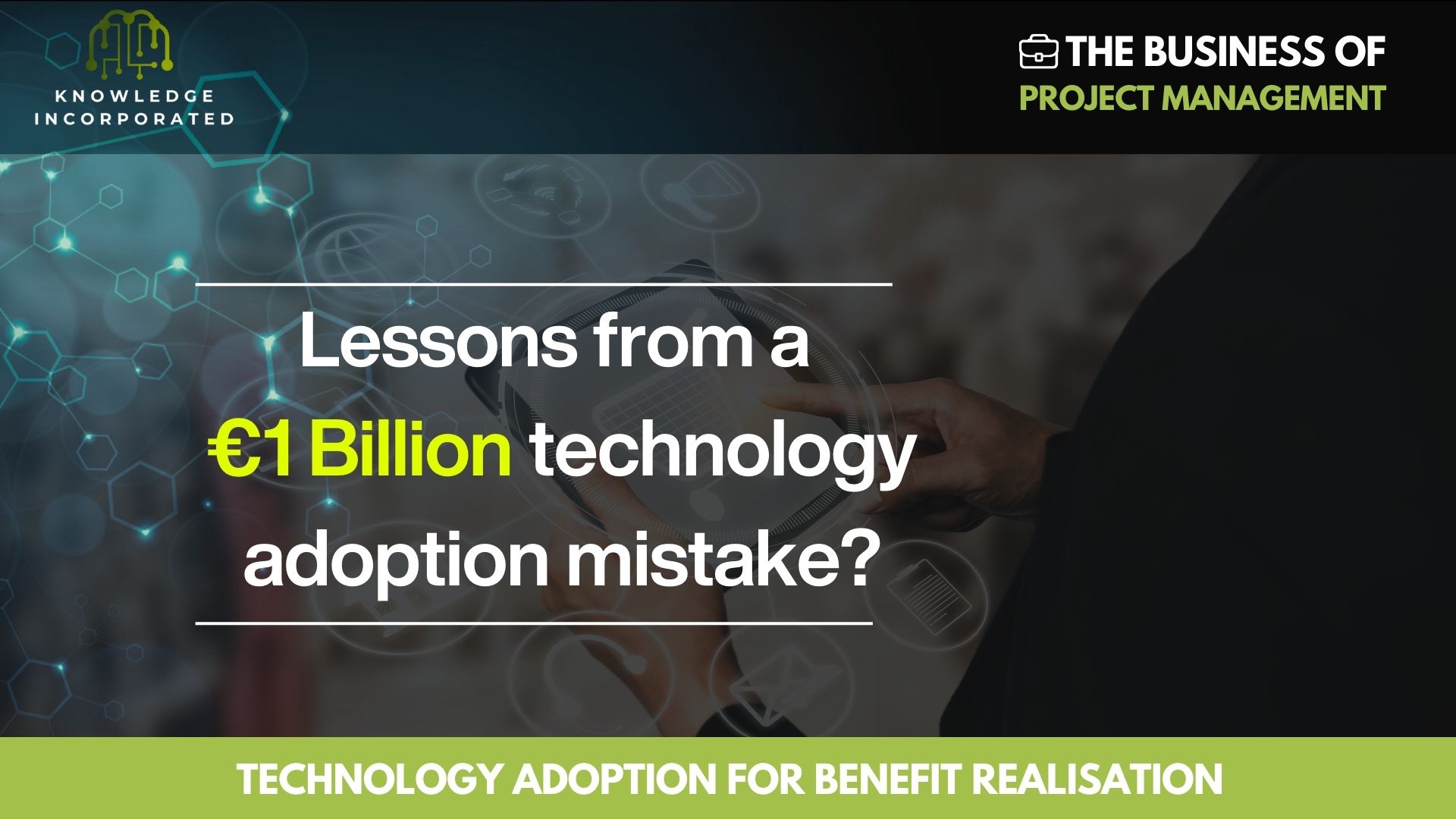Context and Ambitions In 2017, Lidl embarked on a bold…
Introduction
In today’s rapidly evolving digital landscape, the development of digital tools is accelerating at an unprecedented rate, further propelled by the integration of Artificial Intelligence (AI). This rapid pace presents both remarkable opportunities and significant challenges for organisations striving to remain competitive. As a transformational leader, I have seen first-hand the critical importance of not just adopting new technologies, but ensuring that their procurement and implementation are purpose-driven. In this context, proper requirements elicitation and benefit-driven procurement are not just advantageous—they are essential to the success of any digital transformation initiative.
The Challenge of Rapid Digital Tool Development
The surge in digital tool development is a double-edged sword. On the one hand, it opens up new possibilities for innovation, efficiency, and customer engagement. On the other hand, the sheer volume of available tools can be overwhelming. Organisations can easily fall into the trap of adopting the latest technology for the sake of modernisation, without fully understanding whether it aligns with their strategic objectives or delivers real value.
This is where a purpose-driven approach becomes critical. It’s not about jumping on the latest tech trend; it’s about identifying the tools and technologies that will drive your organisation towards its goals. Whether it’s improving operational efficiency, enhancing customer experiences, or fostering innovation, every digital tool procured must serve a clear, strategic purpose.
The Role of Requirements Elicitation in Purpose-Driven Transformation
Requirements elicitation is the cornerstone of a purpose-driven digital transformation. This process involves identifying, gathering, and documenting the needs, goals, and expectations of all stakeholders. In my experience, a successful transformation begins with a deep understanding of these requirements.
Understanding Stakeholders and Business Goals: The first step is to identify all relevant stakeholders—customers, employees, management, and external partners—and understand their needs, pain points, and expectations. It’s also crucial to align these needs with the organisation’s overall business goals. For instance, if the goal is to enhance customer experience, the requirements must focus on tools and technologies that directly contribute to this objective.
Analysing the Current State and Envisioning the Future: To ensure the transformation is purpose-driven, it’s important to thoroughly analyse the current processes, systems, and technology landscape. This helps in identifying inefficiencies and gaps that the new digital tools need to address. Simultaneously, collaborating with stakeholders to envision the desired future state of the organisation ensures that the transformation is not just reactive, but strategic and forward-looking.
Employing Effective Elicitation Techniques: A range of techniques can be employed to gather requirements—interviews, workshops, surveys, focus groups, and observation. Modern methods like Design Thinking, User Stories, and Journey Mapping are particularly effective in understanding user needs and experiences. These techniques ensure that the requirements are not only comprehensive but also user-centric, which is key to successful adoption.
Benefit-Driven Procurement: Ensuring Value and Alignment
Once the requirements are clearly defined, the next critical step is benefit-driven procurement. This approach ensures that every digital tool or technology procured delivers tangible benefits and aligns with the organisation’s strategic objectives.
Prioritisation and Validation: Not all requirements are created equal. Working with stakeholders to prioritise them based on impact, feasibility, and alignment with business strategy is essential. This ensures that the most critical requirements are addressed first, and the transformation delivers maximum value. Equally important is validating these requirements with stakeholders to ensure they accurately reflect their needs and expectations.
Change Management and Iterative Implementation: Digital transformation often brings significant organisational and cultural changes. Requirements elicitation must include considerations for change management—such as training, communication, and user adoption strategies. Additionally, given the dynamic nature of digital transformation, adopting an iterative and adaptive approach is crucial. Continuously engaging with stakeholders and refining requirements based on feedback and changing business conditions ensures that the transformation remains aligned with its purpose.
Leading Purpose-Driven Digital Transformation
As a transformational leader, my focus is on ensuring that every digital tool and technology adopted by the organisation is purpose-driven. This means it must be aligned with strategic goals, deliver real value, and be embraced by those who use it. Proper requirements elicitation and benefit-driven procurement are the bedrock of this approach. They ensure that digital transformation is not just about keeping up with technological advancements, but about driving meaningful and sustainable change.
In conclusion, the rapid pace of digital tool development, accelerated by AI, presents both opportunities and challenges. To navigate this landscape successfully, organisations must adopt a purpose-driven approach to digital transformation. As a leader, I excel in guiding organisations through this process, ensuring that the transformation is not only successful but also delivers lasting value.
Author: Dr. Isaac Enakimio
Knowledge Incorporated
…Enhancing Efficiency and Productivity



